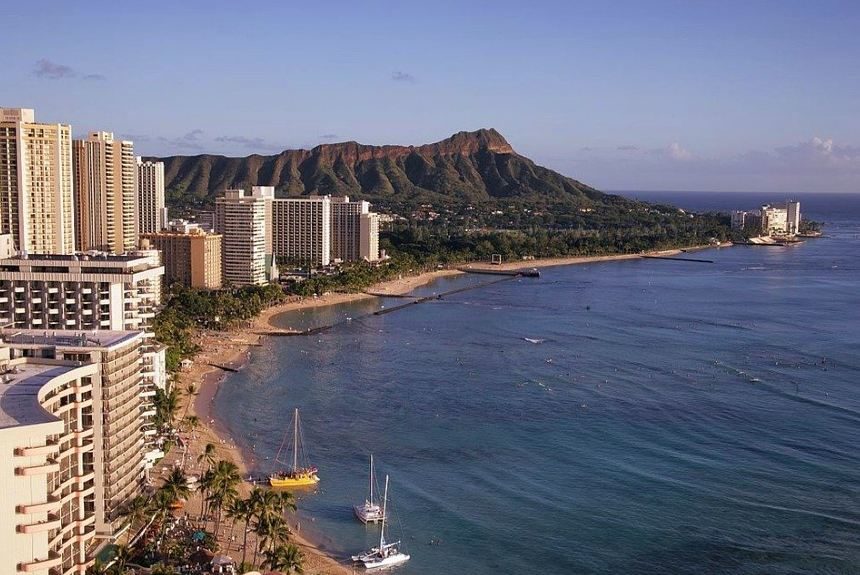A study on Honolulu’s sea-level rise (SLR) shows that the cause of flooding comes not only from the ocean but also from groundwater inundation as the water is shoved to the surface and stormwater backflow.
As sea levels continue to rise, Hawaii’s main urban area, Honolulu, is experiencing flooding. The study predicts that in the next few decades, sea-level rise will cause inundation of more land area by these three flood mechanisms:
- Direct marine inundation is flooding due to direct surface connection to the marine water and is characterised by the land’s elevation below a flooded threshold where the water can enter unimpeded. Preventions of direct marine inundation would include flood barriers like those constructed in New Orleans and the Netherlands.
- The presence of gravity-flow drainage networks facilitates storm drain backflows. Gravity-flow drainage is common in coastal communities around the world. High tides in low-lying coastal areas would decrease these elevations and cause storm backflows. During extreme tides in Honolulu, reverse flow from municipal drainage systems would always affect its low-lying streets and basements. Some municipalities employ forced drainage, which uses check valves and pumps to transfer these waters to higher-elevation discharge areas.
- Groundwater inundation (GWI) happens when water overflows through the surface and from buried infrastructure. This is the most challenging flood type because coastal barriers cannot be mitigated as with direct marine flooding. Groundwater is already very close to the ground surface among Honolulu’s low-lying areas, affecting submerged infrastructures like cesspools, basements, and others. With continuous sea-level rise, fluctuations in tides and wave set-up, groundwater inundation will increase flooding. In the Netherlands and New Orleans, they prevent GWI though groundwater extractions, however, this method can cause further damages like land subsidence and more chances of flooding if sediments are loose. Subsidence can cause ground fractures and structural damage to infrastructures, including flood control structures, drainage networks, electric and gas substations, and sewer lines.
Researchers have developed flood maps to identify vulnerable locations and infrastructures to flooding. These flood maps result from flood simulations and their depth from the three combined flood types or mechanisms.
Damage assessments using flood maps show that urban infrastructures are already suffering damage, especially during long periods of high tides that result in backflow of gravity drainage, traffic slowdowns along submerged roadways, and partial flooding of cesspools.
The study projects that by 2030, sea-level rise will make some stretches of the road impassable. According to the study, infrastructure damage will increase fivefold from the combined three flooding mechanisms in the coming decades.
Findings from the study show that flood management strategies should consider multiple flooding mechanisms to make flood management and sea-level rise adaptation effective.
To read the full report, click on the link below:
Source:
Habel, S., Fletcher, C.H., Anderson, T.R. et al. Sea-Level Rise Induced Multi-Mechanism Flooding and Contribution to Urban Infrastructure Failure. Sci Rep 10, 3796 (2020). https://doi.org/10.1038/s41598-020-60762-4



Leave a Reply